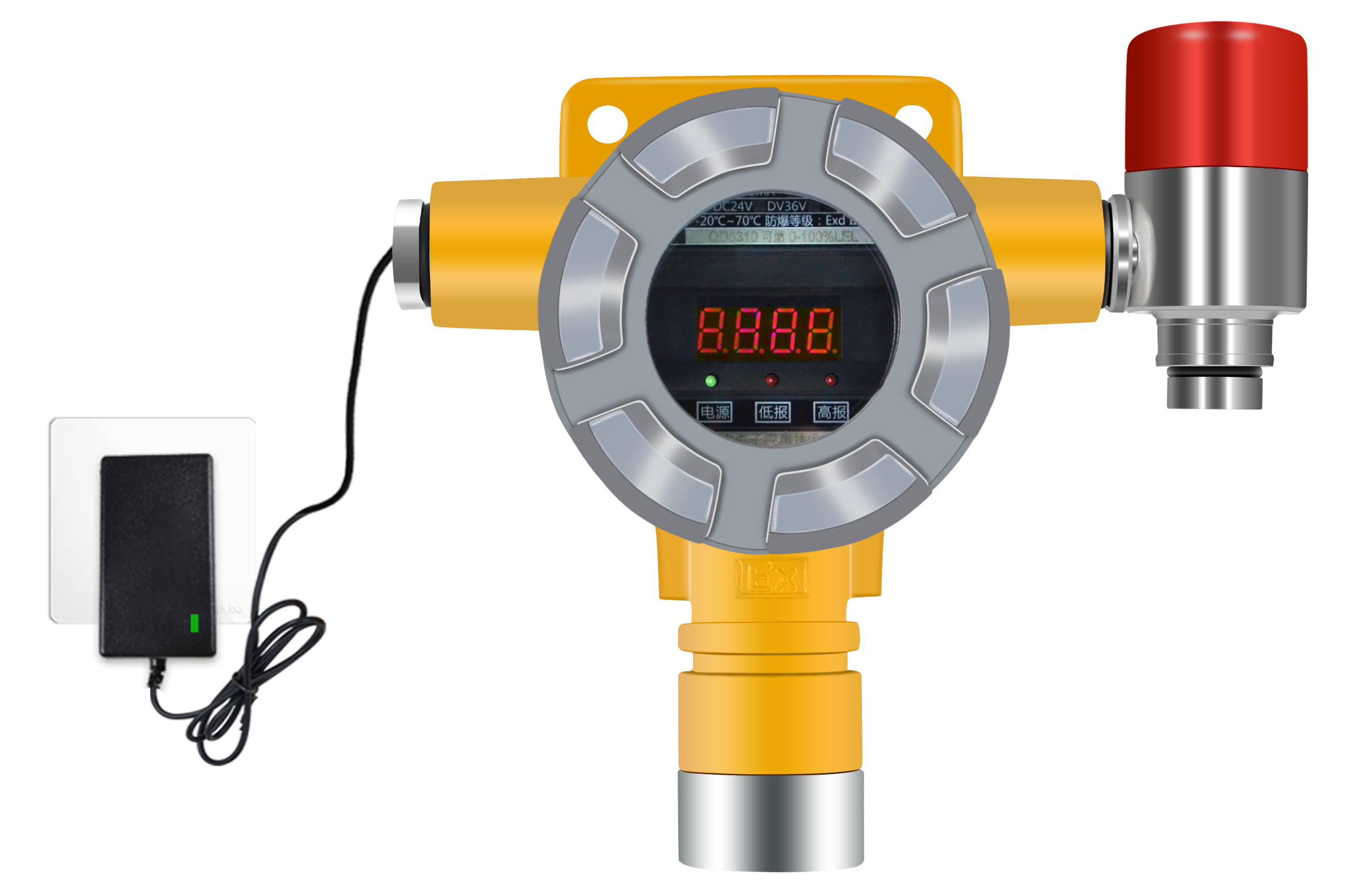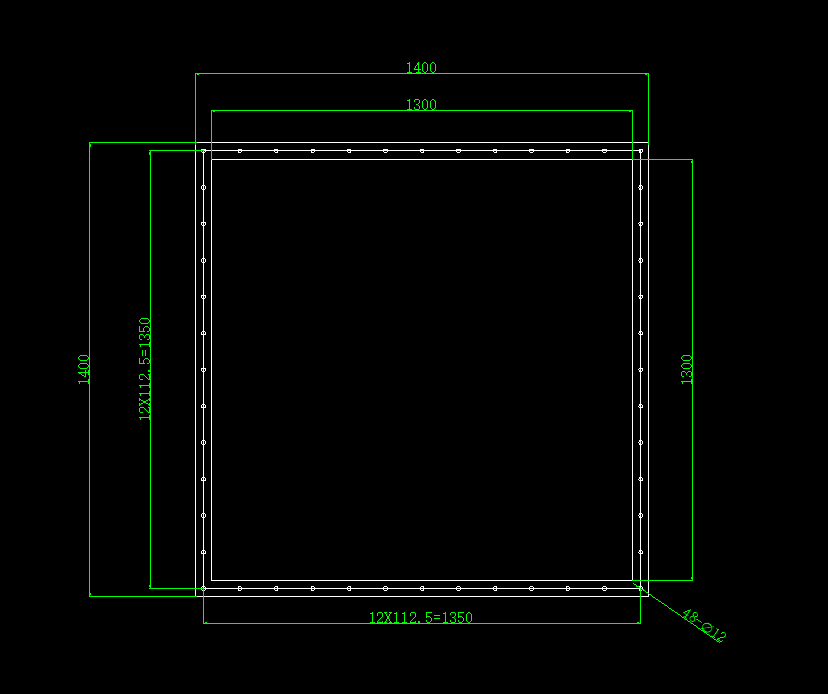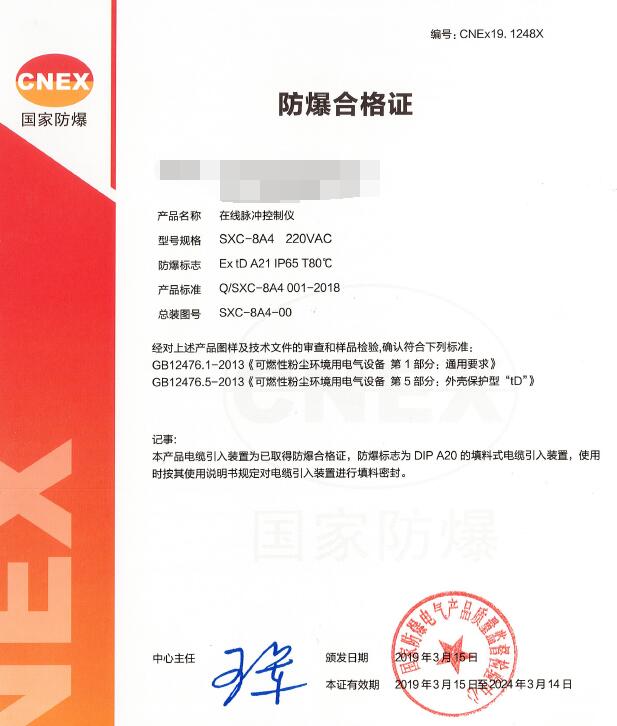In recent years, with the country's attention to the environmental protection industry. The strict implementation of a series of laws such as the "14th Five-Year Plan" VOCs governance requirements and planning, "thermal storage combustion Law Industrial Organic waste gas treatment engineering technical specifications" (HJ1093-2020), as environmental protection people, how do we achieve long-term stable emission standards on the basis of safety? AuSSE environmental protection has 14 years of experience in the industry. Today, Xiaobian will discuss with you.
The safety of RTO is mastered in the collection, transportation, treatment and other links. From the beginning of the design process, the physical and chemical properties and dangerous characteristics of the exhaust gas are taken into account. Safety risks arising from the selection and material of safety facilities such as burner, fan, pipe and valve of RTO. Take a look at several aspects:
1. The main project shall be designed, constructed and put into use together with the RTO safety facilities.
2. On-site electrical instruments should be strictly in accordance with explosion-proof registration equipment, and explosion-proof electricity should be selected in dangerous explosion areas, so as to prevent fire caused by electrical sparks.
3, RTO should be set up in a conspicuous position PLC or DCS control system, in addition, depending on the specific conditions can be set up safety instrument system
4. The safety instrumentation system of the key equipment of RTO should not be lower than SIL2 standard, and the ignition device, collection fan and mixed gas evacuation device should be scientifically interlocked protected. In case of ignition failure and insufficient combustion concentration of mixed gas, the fan and check valve should be cut off, and the explosive mixed gas inside the system should be evacuated.
5. The UPS backup power supply and compressed air storage tank for instrument gas should be set up in the RTO project site.
6. The emergency closing step of the intake valve and exhaust valve after the power outage is necessary, so as to prevent the temperature rise of the lower part of the heat storage layer caused by the chimney effect.
7. Install the vent diaphragm on the nodes such as the exhaust gas collection pipe of the RTO device.
8. A flame arrester is set at the front end of the RTO device and the exhaust gas collection end. The exhaust gas pipeline must be set with a bursting disc at a certain distance, and the pressure of the bursting disc is lower than that of the exhaust gas pipeline, so that the pressure is relieved in time after the explosion and the loss is reduced.
9. The inlet and exhaust pipes and fans of the RTO device should be made of conductive materials, flange bridging, system grounding and other measures to prevent the generation and accumulation of static electricity.
10. When the concentration of RTO is high and contains low ignition point substances, it is strictly prohibited to share the chimney discharge with the high temperature discharge pipe.
11. The fuel supply system should be equipped with high and low pressure protection and leakage alarm devices, and the heat storage combustion device should be equipped with safe and reliable flame control system, temperature monitoring system, pressure control system, etc.
12. If the plant is in a sealed state, it is essential to use gas collection hoods, gas phase hoses and other facilities to recover the gas emitted by no tissue, while maintaining good ventilation to reduce the local accumulation of volatiles. Do a good risk analysis to avoid the accumulation of combustible toxic gases, formulate control measures and strictly implement them to avoid explosions.
Specific examples of products can be referred to the cooperation between our company and Doosan, South Korea, which all meet the above requirements. Welcome to visit the Ausi official website www.ssecn.com for details





